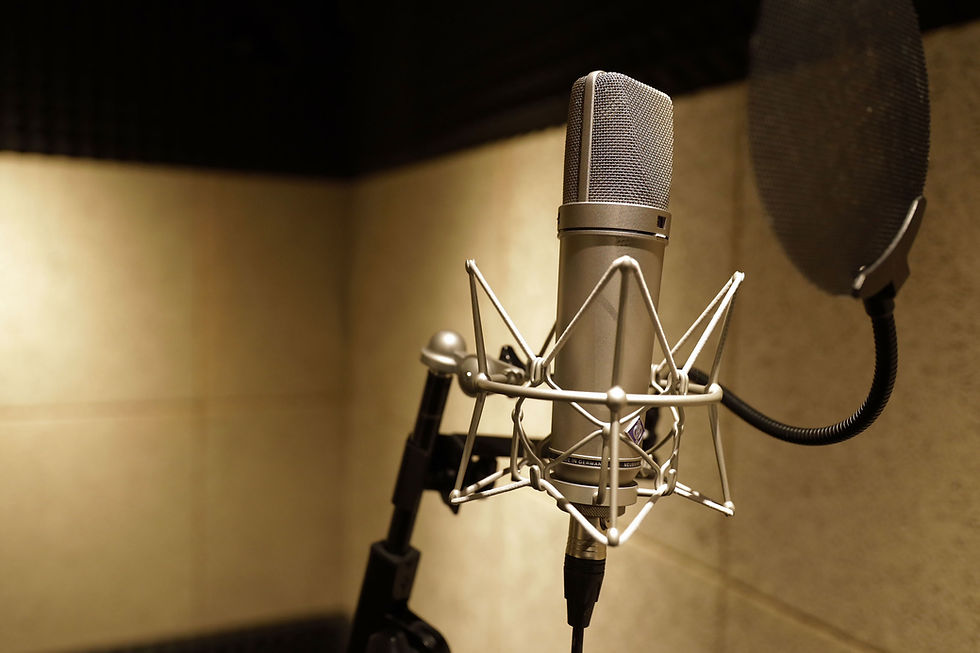⏰ Time to SPRING FORWARD!
- Nikki Lanigan
- Mar 12, 2023
- 2 min read

Tips to Help Your Body Adjust to Daylight Savings.
Do you find it hard to spring forward, AKA adjust to Daylight Savings? The clocks change twice a year, “falling” back one hour in the fall and “springing” forward one hour in the spring.
Many of us are already sleep-deprived, so losing that hour is a tipping point. Studies show an overall increase in heart attacks in the days after both time changes.
In a 2001 National Institutes of Health study showed fatal traffic accidents increase the Monday after both time changes.
Here are some tips to help you adjust to the time change:
Practice good habits before bedtime. Quit caffeinated beverages four to six hours before bedtime. Dim the lights down on electronics and use blue light glasses. A lot of people preach don't have phones or electronics in your bedroom. For me, this won't happen. I will always have my cell phone on my nightstand in case of emergencies and phone calls.
Keep your dinnertime consistent.
Go to bed and get up at the same time.
Get more light! Go outside for walks, use a pink Himalayan salt lamp. Or a Light Therapy Lamp,
If you need help falling asleep use nighttime teas, sound machines, or an evening meditation to help you unwind. My youngest uses a rain sound machine, my oldest uses a fan for the noise.
Keep your sleep environment quiet, comfortable, and cool. You can even use light blocking window shades or called black out curtains.
The good thing with Day Light Savings in March is that with longer days, comes warmer weather and time to get out and enjoy the sun.
**** On March 15, 2022, just days after clocks were adjusted to “spring forward,” the U.S. Senate passed the Sunshine Protection Act of 2021, which would abolish clock changes in favor of DST year-round. If the current bill passes, permanent daylight saving time would take effect on Nov. 5, 2023. In practice, this means that the last clock change would occur with a “spring forward” in March 2023. After that, there would be no “fall back” in November, and clocks would stay on daylight saving time permanently.







Comments